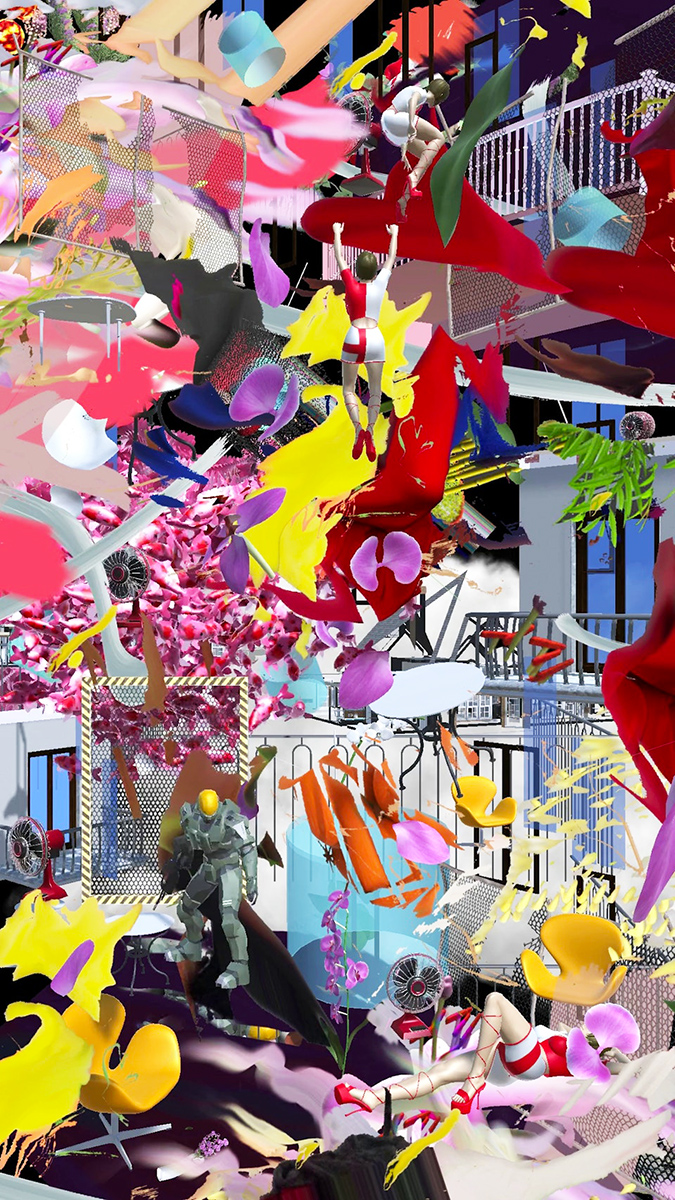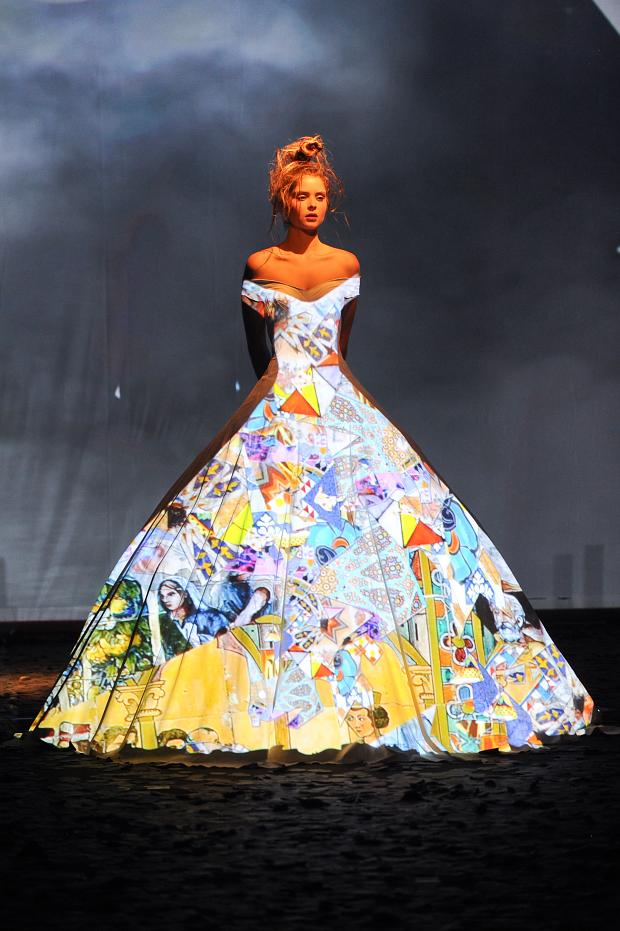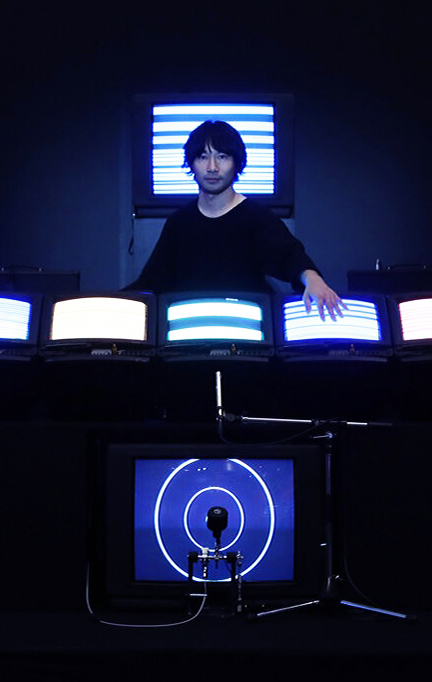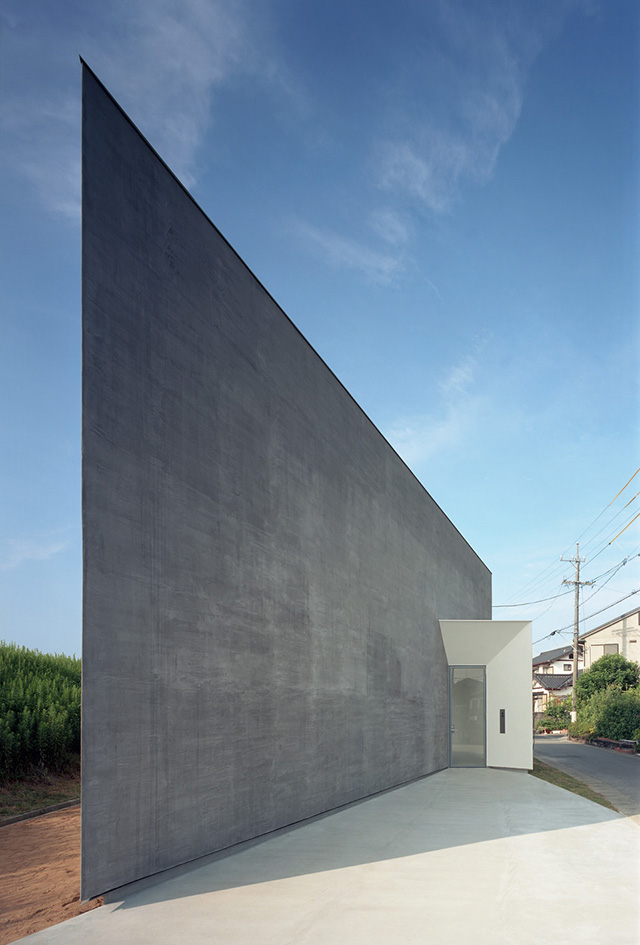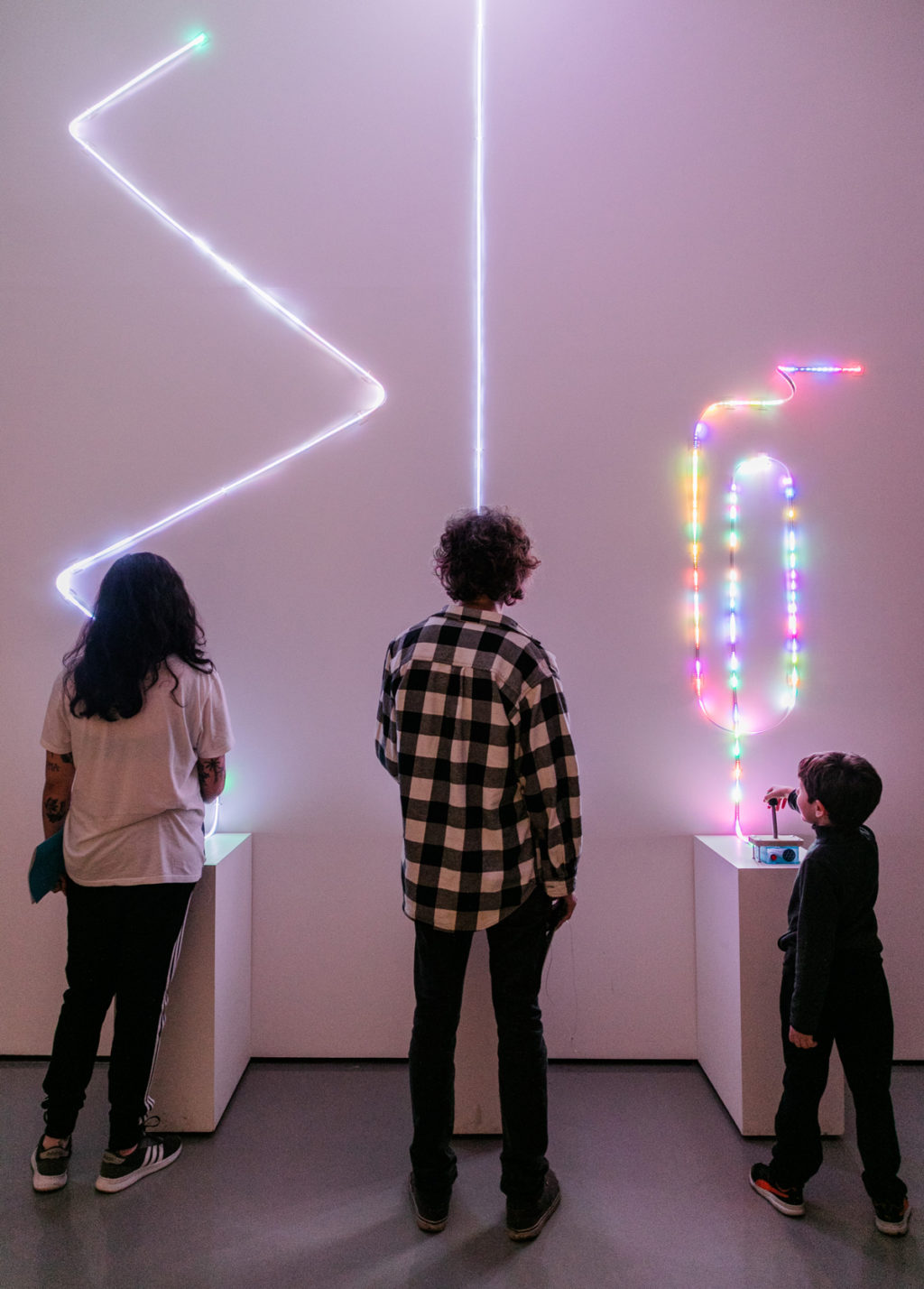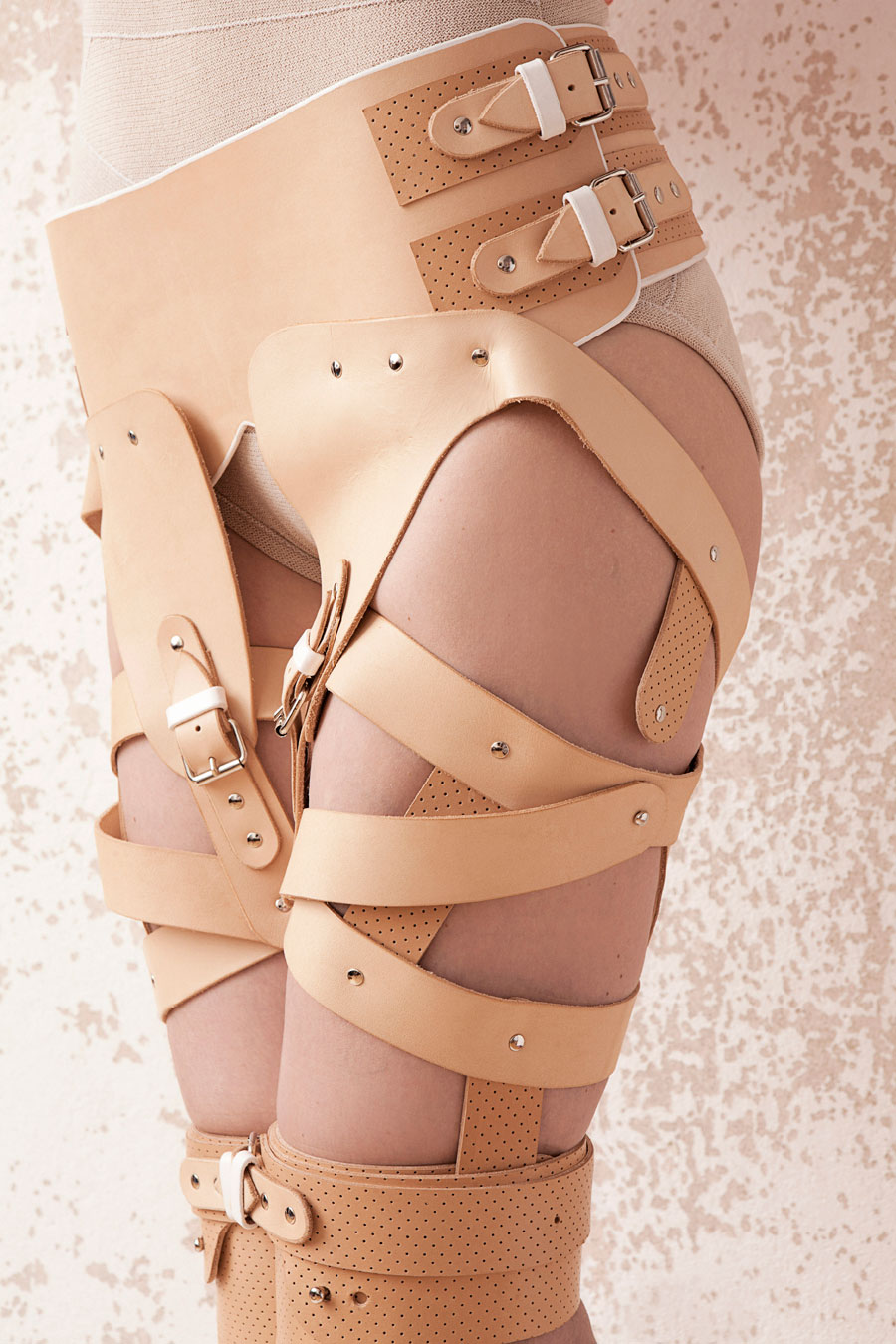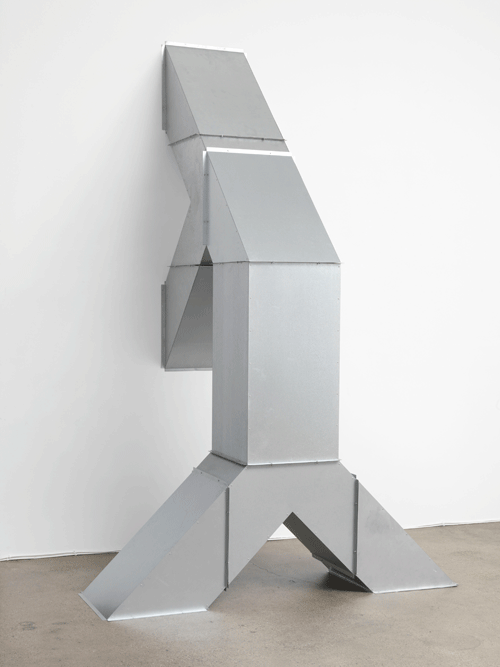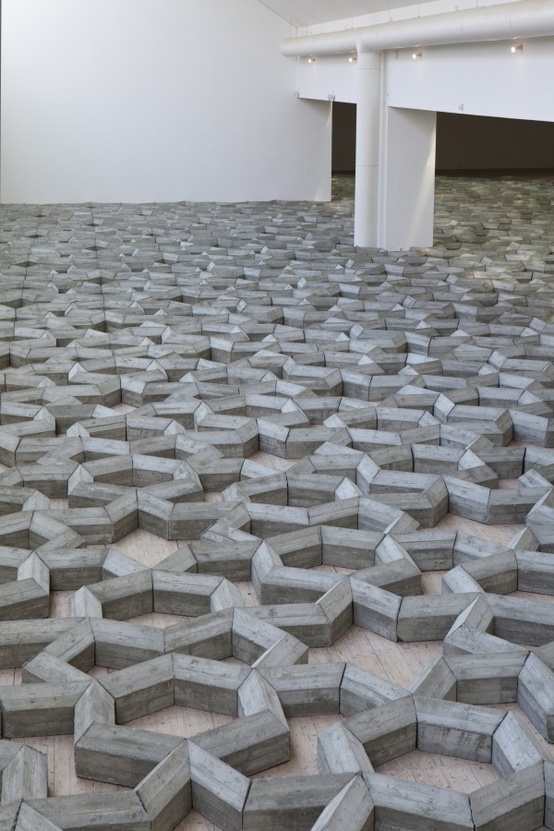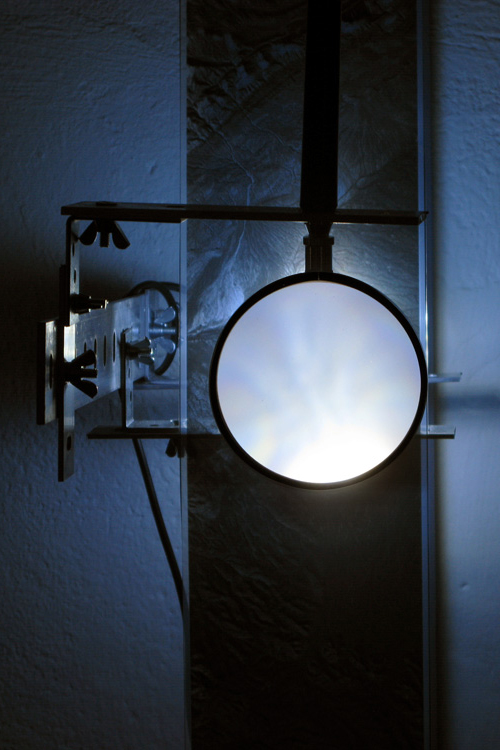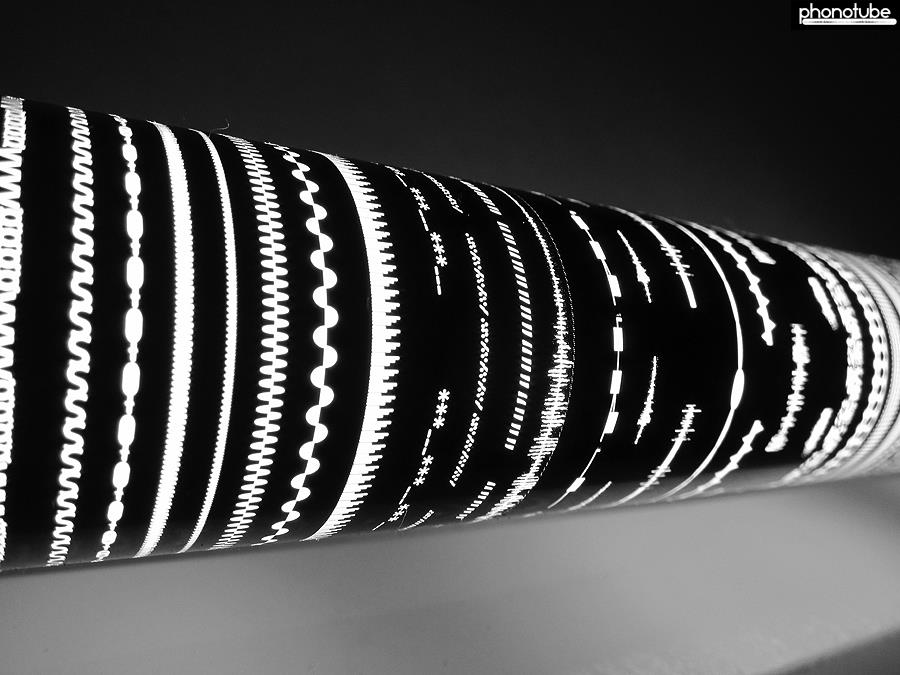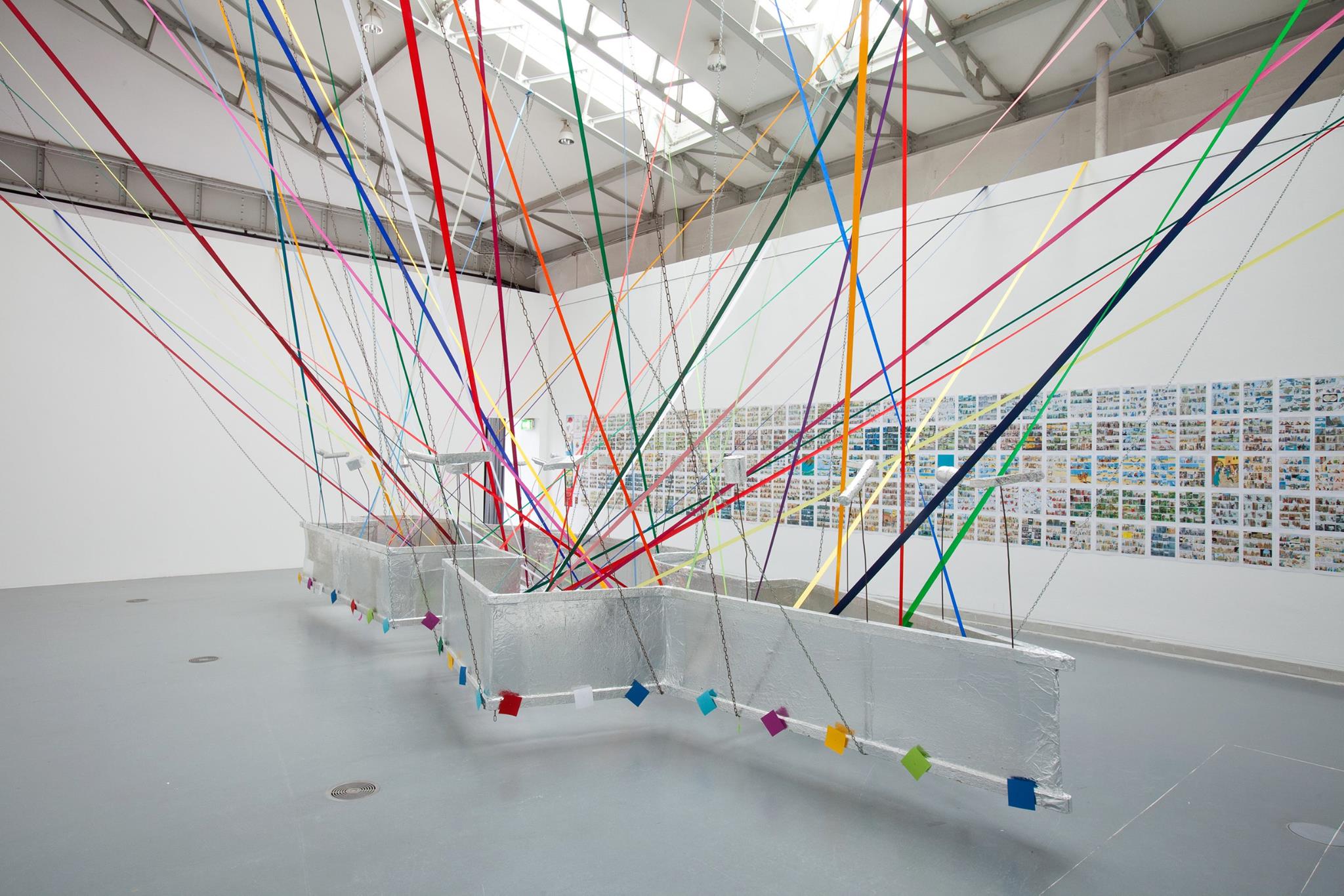
schnellebuntebilder
Beethoven recomposed
Het audiovisuele project Beethoven hercomponeerde in opdracht van de Duitse omroep WDR is een unieke aanpak om de muziek van Ludwig van Beethoven tastbaar te maken voor mensen met en zonder gehoorbeperking. Om het hele publiek een klassiek concert met hun ogen te laten beleven, werd de symfonie vertaald in een visuele reis door drie generatieve werelden die de melodische beweging, het ritme en de stemmingswisselingen volgden. Deze visuals werden geprojecteerd op een groot monolithisch canvas dat boven het orkest hing. Aan elke kant van het canvas werden drie LED-strips toegevoegd om het toneellandschap te openen in de vorm van de orkestbak. Terwijl de projectie erop gericht was een samenhangend verhaal te vertellen en de verhalende en emotionele aspecten van de muziek weer te geven, werd de lagere resolutie en verschillende lichtintensiteit van de ledstrips gebruikt om de muziek op een nogal didactieve manier over te brengen.

